Javier Fernández
Polytechnic University of Catalonia, FC Barcelona
Is it worth the effort? Understanding and contextualizing physical metrics in soccer
Apr 05, 2022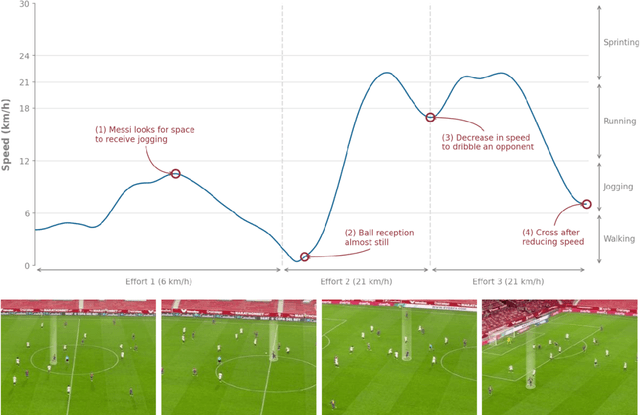
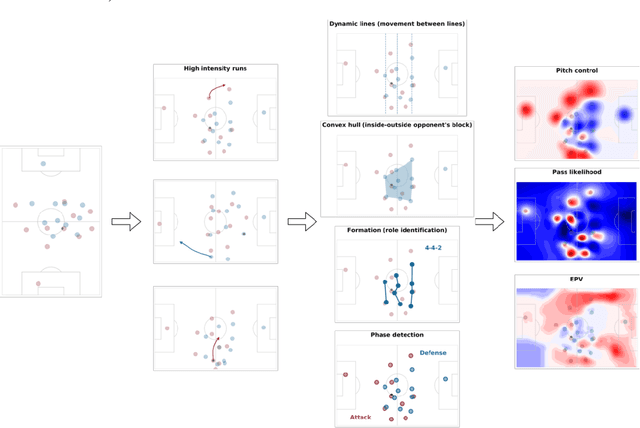
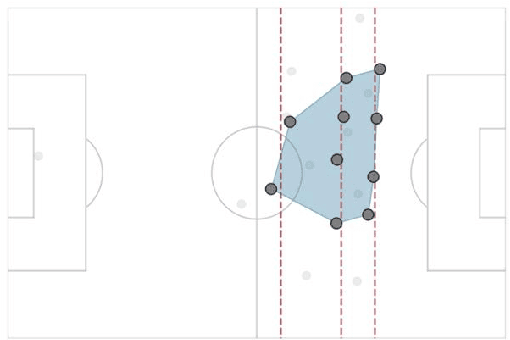
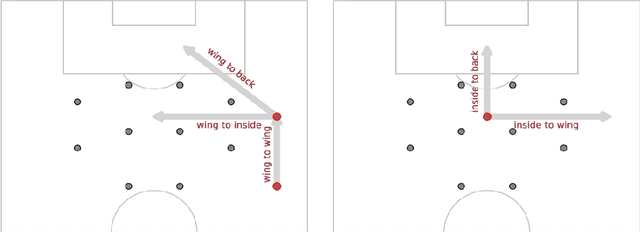
Abstract:We present a framework that gives a deep insight into the link between physical and technical-tactical aspects of soccer and it allows associating physical performance with value generation thanks to a top-down approach. First, we estimate physical indicators from tracking data. Then, we contextualize each player's run to understand better the purpose and circumstances in which it is done, adding a new dimension to the creation of team and player profiles. Finally, we assess the value-added by off-ball high-intensity runs by linking with a possession-value model. This novel approach allows answering practical questions from very different profiles of practitioners within a soccer club, from analysts, coaches, and scouts to physical coaches and readaptation physiotherapists.
Motor-Imagery-Based Brain Computer Interface using Signal Derivation and Aggregation Functions
Jan 18, 2021



Abstract:Brain Computer Interface technologies are popular methods of communication between the human brain and external devices. One of the most popular approaches to BCI is Motor Imagery. In BCI applications, the ElectroEncephaloGraphy is a very popular measurement for brain dynamics because of its non-invasive nature. Although there is a high interest in the BCI topic, the performance of existing systems is still far from ideal, due to the difficulty of performing pattern recognition tasks in EEG signals. BCI systems are composed of a wide range of components that perform signal pre-processing, feature extraction and decision making. In this paper, we define a BCI Framework, named Enhanced Fusion Framework, where we propose three different ideas to improve the existing MI-based BCI frameworks. Firstly, we include aan additional pre-processing step of the signal: a differentiation of the EEG signal that makes it time-invariant. Secondly, we add an additional frequency band as feature for the system and we show its effect on the performance of the system. Finally, we make a profound study of how to make the final decision in the system. We propose the usage of both up to six types of different classifiers and a wide range of aggregation functions (including classical aggregations, Choquet and Sugeno integrals and their extensions and overlap functions) to fuse the information given by the considered classifiers. We have tested this new system on a dataset of 20 volunteers performing motor imagery-based brain-computer interface experiments. On this dataset, the new system achieved a 88.80% of accuracy. We also propose an optimized version of our system that is able to obtain up to 90,76%. Furthermore, we find that the pair Choquet/Sugeno integrals and overlap functions are the ones providing the best results.
SoccerMap: A Deep Learning Architecture for Visually-Interpretable Analysis in Soccer
Oct 20, 2020

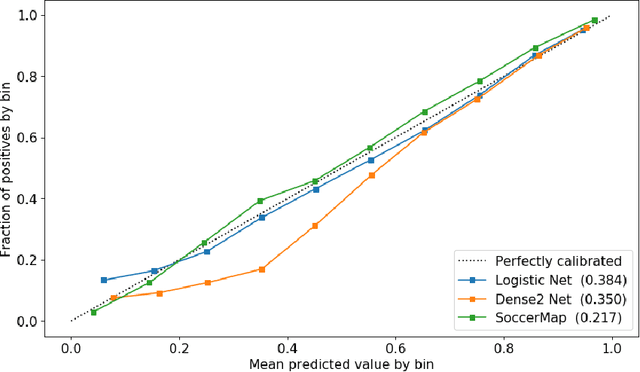
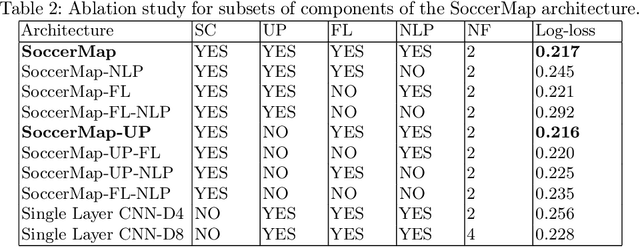
Abstract:We present a fully convolutional neural network architecture that is capable of estimating full probability surfaces of potential passes in soccer, derived from high-frequency spatiotemporal data. The network receives layers of low-level inputs and learns a feature hierarchy that produces predictions at different sampling levels, capturing both coarse and fine spatial details. By merging these predictions, we can produce visually-rich probability surfaces for any game situation that allows coaches to develop a fine-grained analysis of players' positioning and decision-making, an as-yet little-explored area in sports. We show the network can perform remarkably well in the estimation of pass success probability, and present how it can be adapted easily to approach two other challenging problems: the estimation of pass-selection likelihood and the prediction of the expected value of a pass. Our approach provides a novel solution for learning a full prediction surface when there is only a single-pixel correspondence between ground-truth outcomes and the predicted probability map. The flexibility of this architecture allows its adaptation to a great variety of practical problems in soccer. We also present a set of practical applications, including the evaluation of passing risk at a player level, the identification of the best potential passing options, and the differentiation of passing tendencies between teams.
Using Player's Body-Orientation to Model Pass Feasibility in Soccer
Apr 15, 2020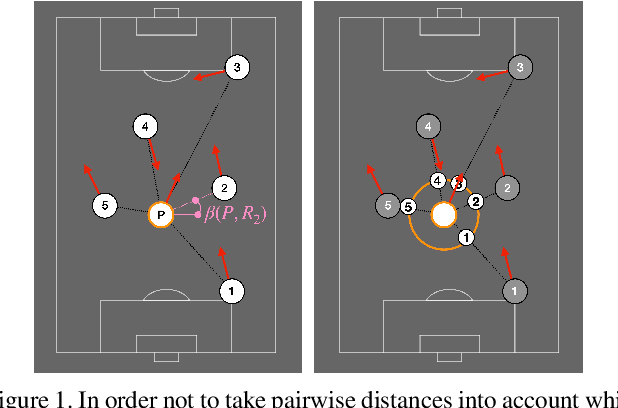

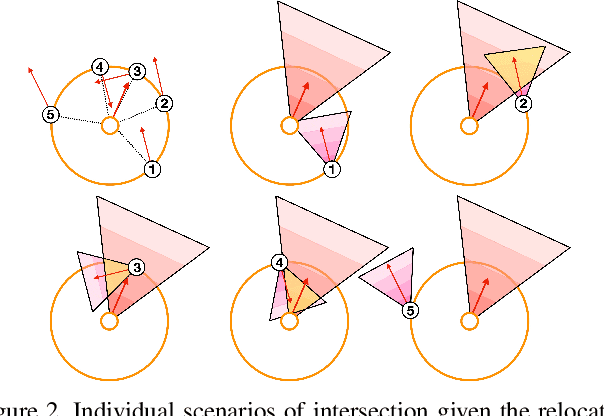
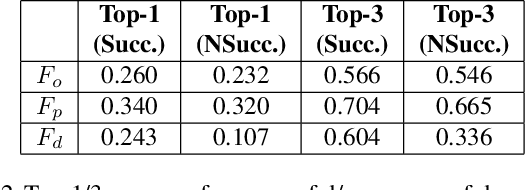
Abstract:Given a monocular video of a soccer match, this paper presents a computational model to estimate the most feasible pass at any given time. The method leverages offensive player's orientation (plus their location) and opponents' spatial configuration to compute the feasibility of pass events within players of the same team. Orientation data is gathered from body pose estimations that are properly projected onto the 2D game field; moreover, a geometrical solution is provided, through the definition of a feasibility measure, to determine which players are better oriented towards each other. Once analyzed more than 6000 pass events, results show that, by including orientation as a feasibility measure, a robust computational model can be built, reaching more than 0.7 Top-3 accuracy. Finally, the combination of the orientation feasibility measure with the recently introduced Expected Possession Value metric is studied; promising results are obtained, thus showing that existing models can be refined by using orientation as a key feature. These models could help both coaches and analysts to have a better understanding of the game and to improve the players' decision-making process.
Always Look on the Bright Side of the Field: Merging Pose and Contextual Data to Estimate Orientation of Soccer Players
Mar 02, 2020
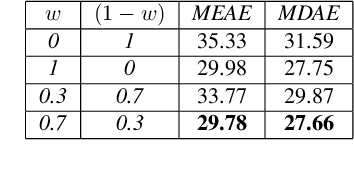

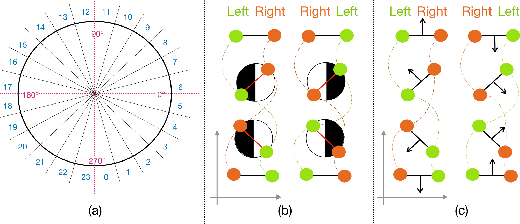
Abstract:Although orientation has proven to be a key skill of soccer players in order to succeed in a broad spectrum of plays, body orientation is a yet-little-explored area in sports analytics' research. Despite being an inherently ambiguous concept, player orientation can be defined as the projection (2D) of the normal vector placed in the center of the upper-torso of players (3D). This research presents a novel technique to obtain player orientation from monocular video recordings by mapping pose parts (shoulders and hips) in a 2D field by combining OpenPose with a super-resolution network, and merging the obtained estimation with contextual information (ball position). Results have been validated with players-held EPTS devices, obtaining a median error of 27 degrees/player. Moreover, three novel types of orientation maps are proposed in order to make raw orientation data easy to visualize and understand, thus allowing further analysis at team- or player-level.
 Add to Chrome
Add to Chrome Add to Firefox
Add to Firefox Add to Edge
Add to Edge